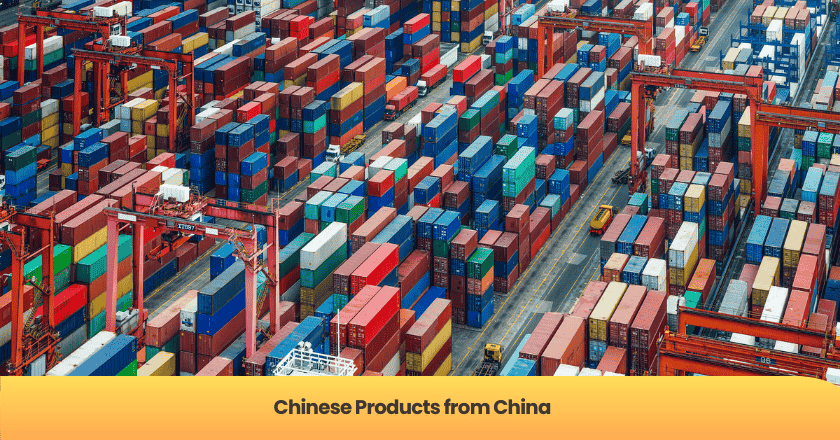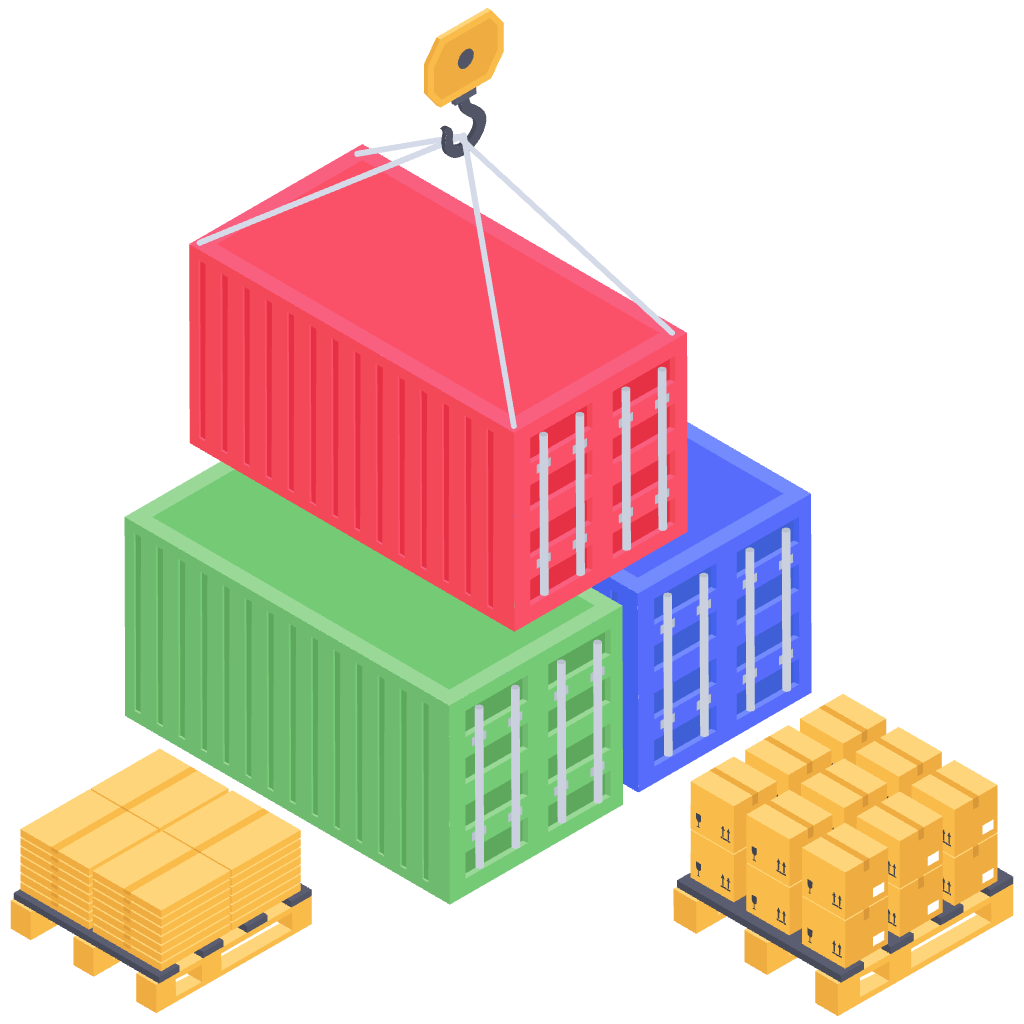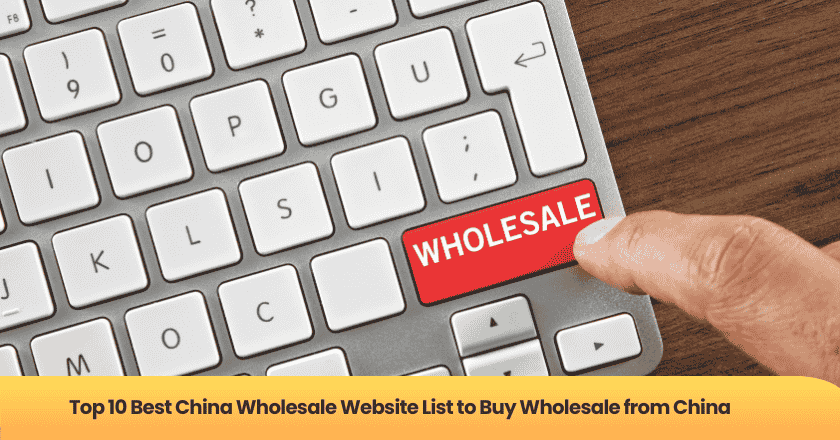
Tariffs and duties now shape the landscape for chinese products from china in 2025. The china tariff extension and the end of the de minimis exemption mean higher costs for importers. U.S. tariffs have increased, making sourcing more complex for buyers in the US. NewBuyingAgent steps in to streamline procurement, reduce expenses, and ensure compliance with the latest policy shifts. Staying informed about trade negotiations remains essential for businesses navigating these changes.
Chinese Products from China
Import trends
In 2025, importers face a shifting landscape for chinese products from china. Tariffs continue to influence purchasing decisions and supply chain strategies. Many buyers now seek alternative sourcing routes to manage costs. Chinese imports remain strong in volume, but importers must adapt to new compliance requirements. The end of the de minimis exemption has increased scrutiny on smaller shipments. Importers monitor policy updates closely to avoid unexpected expenses.
Tip: Companies that track regulatory changes and adjust procurement plans respond faster to market shifts.
Pricing changes
Tariffs have caused noticeable price adjustments for chinese products from china. Importers see higher costs for many categories, especially electronics and consumer goods. The tariff extension in August 2025 pushed prices upward for several key items. Buyers now compare chinese goods with alternatives from other regions. Some importers negotiate directly with suppliers to offset increased expenses. Price volatility remains a concern for businesses relying on chinese imports.
| Product Category | Price Change (2025) | Tariff Impact |
|---|---|---|
| Electronics | +12% | High |
| Consumer Goods | +8% | Moderate |
| Industrial Materials | +5% | Moderate |
NewBuyingAgent solutions
NewBuyingAgent provides strategic support for buyers sourcing chinese products from china. The team leverages a network of verified factories and quality experts to secure competitive pricing. Buyers benefit from cost reductions on FOB purchases and inspection fees. NewBuyingAgent manages negotiations, quality control, and logistics, ensuring compliance with tariff regulations. Clients receive guaranteed product quality and flexible payment terms. The service streamlines communication, allowing businesses to focus on growth rather than supply chain challenges.
• Reduce sourcing costs by up to 20%
• Receive guaranteed quality for every shipment
• Access trending products with strong market demand
NewBuyingAgent helps importers navigate the complexities of chinese imports and tariffs, delivering reliable solutions in a changing trade environment.
Tariffs
China tariff update
The August 2025 china tariff update marked a significant shift in global trade. The US government extended existing tariffs on a wide range of chinese products. This move followed months of uncertainty and speculation about a possible china tariff pause. Instead, the new china tariff deadline brought stricter enforcement and higher rates. U.S. tariffs on chinese goods now cover more product categories than ever before. Many importers expected a pause, but the government chose to maintain pressure on Chinese exports.
Note: The end of the de minimis exemption means all shipments, regardless of value, now face duties and compliance checks.
The china tariff update also introduced new reporting requirements. Importers must provide detailed documentation for every shipment. These changes increase the administrative burden and require more careful planning. Companies that fail to comply risk delays and penalties.
China tariff extension
The china tariff extension in August 2025 surprised many industry observers. Policymakers warned of a possible tariff surge, with rates potentially rising as high as 145% on select categories. This escalation reflects ongoing trade tensions between the US and China. The extension did not include a pause, despite calls from some business groups. Instead, the government reinforced its commitment to protecting domestic industries.
A table below summarizes the key changes:
| Policy Change | Description | Effective Date |
|---|---|---|
| Tariff Extension | Existing tariffs extended | August 2025 |
| End of De Minimis Exemption | All shipments now subject to duties | August 2025 |
| Tariff Surge Risk | Rates may rise to 145% | Pending Review |
The new china tariff deadline forces importers to reassess their sourcing strategies. Many companies now seek alternative suppliers or renegotiate contracts to manage escalating tariffs. The lack of a pause increases uncertainty in the market.
Impact on buyers
Buyers in the US face immediate challenges from these tariff changes. Higher tariffs and the end of the de minimis exemption drive up costs for both large and small importers. Product availability may decrease as some suppliers withdraw from the US market. Escalating tariffs also create price volatility, making it harder for businesses to plan inventory and pricing.
• Importers must monitor u.s. tariffs closely to avoid unexpected expenses.
• Many companies now rely on sourcing partners like NewBuyingAgent to navigate compliance and reduce costs.
• The pause that some buyers hoped for did not materialize, so businesses must adapt quickly.
Tip: Companies that diversify their supply chains respond better to sudden tariff changes.
U.S. tariffs continue to shape the landscape for chinese products. The duties imposed in 2025 signal a long-term shift in trade policy. Buyers who stay informed and flexible will find the best opportunities in this evolving environment.
Trade negotiations
US-China talks
US and Chinese officials continue to meet for high-level discussions. Both sides seek to address the ongoing trade dispute and find common ground. The recent tariff extension has increased concerns among importers and exporters. Negotiators focus on reducing barriers and creating a stable environment for trade. The US hopes to secure better terms for its industries, while China aims to protect its export markets. Talks often pause due to disagreements, but both countries return to the table to avoid further escalation. Broader negotiations now include topics such as technology transfer and intellectual property rights.
Note: Each pause in talks can impact global supply chains and create uncertainty for businesses.
Future outlook
The future of US-China trade relations remains uncertain. Many experts predict that tariffs will stay in place until both countries reach a new trade agreement. The risk of additional tariffs or a sudden pause in negotiations keeps markets on edge. China may introduce new export curbs if talks stall. US companies prepare for different scenarios by diversifying suppliers and adjusting sourcing strategies. The outcome of these discussions will shape the global trade landscape for years to come.
• Companies should monitor updates from both governments.
• A pause in tariff increases could offer temporary relief, but long-term solutions require a formal agreement.
Economic effects
The trade dispute affects both economies. US importers face higher costs due to tariffs, while Chinese exporters see reduced demand. Chinese tariffs on u.s. goods also impact American producers. The uncertainty from ongoing talks and frequent pauses slows investment and disrupts planning. Broader negotiations influence global supply chains, forcing companies to rethink sourcing and logistics. Many businesses now rely on partners who can adapt quickly to policy changes.
| Impact Area | US Effect | China Effect |
|---|---|---|
| Import Costs | Increase | Stable |
| Export Demand | Decrease | Decrease |
| Investment Climate | Uncertain | Uncertain |
Product categories
Electronics
Electronics remain one of the most affected categories among chinese products from china. The 2025 tariffs have driven up costs for items such as smartphones, laptops, and smart home devices. Many US buyers report a 12% average price increase for these products. Supply chains for electronics face additional pressure due to stricter compliance checks and longer lead times. Some brands now explore alternative assembly locations, but China continues to dominate global electronics manufacturing. Demand for innovative products like wearables and IoT devices stays strong, even as buyers seek ways to offset higher expenses.
Note: Importers who work with experienced sourcing partners can better manage quality and compliance risks in the electronics sector.
Consumer goods
Consumer goods, including apparel, toys, and household items, also experience significant impacts from recent trade policy changes. Tariffs have raised prices by an average of 8%, making cost management a top priority for retailers. Some suppliers have reduced product variety or shifted production schedules to adapt. Despite these challenges, demand for essential consumer goods remains stable. Buyers increasingly rely on sourcing agents to identify trending products and negotiate better terms. Quick adaptation to market shifts helps businesses maintain profitability.
| Product Type | Price Trend (2025) | Supply Status |
|---|---|---|
| Apparel | +7% | Stable |
| Toys | +9% | Slightly Tight |
| Home Goods | +8% | Stable |
Industrial materials
Industrial materials, such as machinery parts, plastics, and chemicals, face moderate tariff increases. These products often serve as inputs for US manufacturing, so any price change has a ripple effect. The average price for industrial materials has risen by 5% in 2025. Some US companies have started to diversify suppliers, but many still depend on chinese goods for specialized components. Supply remains steady, but buyers must plan for longer lead times and increased documentation requirements.
Tip: Early planning and strong supplier relationships help importers secure industrial materials at competitive rates.
Buyers should expect continued price volatility and stricter compliance for Chinese products from China in the coming months. NewBuyingAgent offers practical solutions to manage sourcing challenges and reduce risk. Companies can take these steps:
• Partner with NewBuyingAgent for cost savings and guaranteed quality.
• Track tariff updates and trade negotiations regularly.
Staying informed helps businesses adapt quickly and maintain a competitive edge.
FAQ
What are the main challenges when importing Chinese products in 2025?
Importers face higher tariffs, stricter compliance checks, and increased documentation. They must also manage price volatility and longer lead times. Staying updated on trade policies helps businesses avoid costly mistakes.
How does NewBuyingAgent help reduce sourcing costs?
NewBuyingAgent leverages a large network of verified factories and quality experts. They negotiate better prices, manage inspections, and streamline logistics. Clients often save 8–20% on sourcing costs.
Which product categories see the highest tariff increases?
| Category | Tariff Impact |
|---|---|
| Electronics | High |
| Consumer Goods | Moderate |
| Industrial Materials | Moderate |
Electronics face the steepest increases, followed by consumer goods and industrial materials.
Can small businesses still import from China after the end of the de minimis exemption?
Small businesses can still import, but every shipment now faces duties and compliance checks. They benefit from working with sourcing partners who handle documentation and ensure compliance.
Get Started Today
Let's Turn Your Sourcing Goals into RealityWeChat:+86 15157124615
WhatsApp:+86 15157124615
Address:Building 10 #39 Xiangyuan Road, Hangzhou, China




